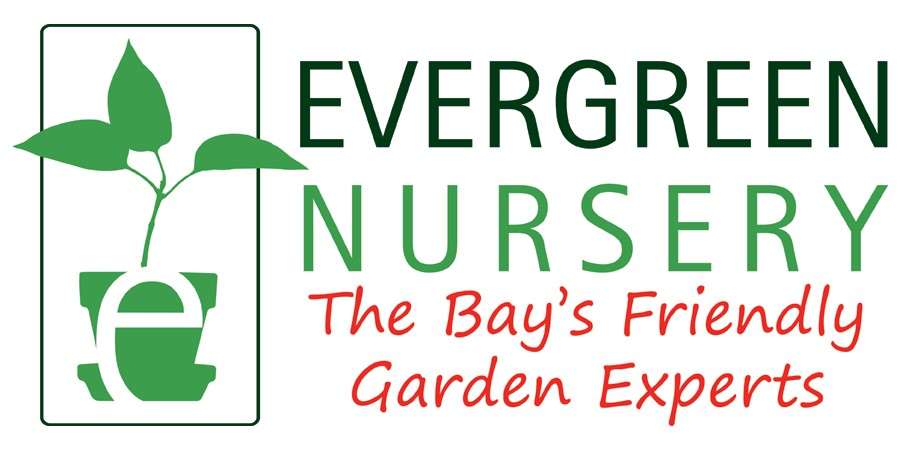Growing Onion Starts: A Guide for Late Fall Planting

As the late fall weather cools in the East Bay, it's the ideal time to plant onion starts in your edible garden. At Evergreen Nursery, we bring these baby onions in every November after they’re grown from seed by our trusted suppliers.
Why You Should Plant Onion Starts
Pre-grown onion seedlings allow you to bypass the lengthy seed germination process and help your onion plants to establish roots quickly. This sets you up for a flavorful crop ready to harvest in late spring and early summer. Plus, growing with onion starts means less guesswork and a higher success rate in your vegetable garden.
How To Grow Onion Starts
1. Choose Your Location
Onions thrive in full sun, so select a garden spot that receives at least 6-8 hours of sunlight each day. Ensure the soil area is well-draining, as onions do not like soggy conditions.
2. Prepare the Soil
Loosen the soil in your planting area to a depth of about 12 inches and mix in a generous amount of compost. This will enrich it with valuable nutrients and help improve drainage.
3. Select Your Onion Starts
At Evergreen Nursery, we offer a variety of onion starts that cater to different culinary needs. Here are a few popular choices:
-
-
Red Burger: A stunning red onion with a sweet and mild flavor, perfect for salads and sandwiches. Its vibrant hue adds a beautiful touch to your dishes.
-
Yellow Merlin: This classic yellow onion is known for its robust flavor and versatility in the kitchen. It’s ideal for cooking, caramelizing, and roasting.
-
White Castle: Crunchy and mild, this white onion is excellent for fresh salsas and salads. Its subtle sweetness enhances a variety of dishes without being overpowering.
-
Torpedo: With its unique elongated shape, the Torpedo onion offers a sweet, mild flavor that’s fantastic for grilling or roasting.
-
Walla Walla: Renowned for its sweetness, the Walla Walla onion originally hails from the state of Washington. It’s great for eating raw plus adding to summer salads and sandwiches.
-
4. Planting the Starts
Once you’ve selected your onion starts, it’s time to plant. Place the starts approximately 4 inches apart in rows that are 12-18 inches apart. Plant them 1-2 inches deep with the root end down and the green tip well above the soil surface.
5. Watering
After planting, gently water the area to help settle the soil around the onion starts. Keep the soil consistently moist as the plants establish themselves. Avoid overwatering, which can lead to rot. Aim for an inch of total water per week and adjust as needed during seasonal rains.
6. Mulching
Apply a layer of organic mulch, such as straw or shredded leaves, around your onion starts. This helps retain moisture, suppress weeds, and maintain a consistent soil temperature.
7. Fertilizing
As your onion starts grow, you can apply a balanced organic fertilizer every 4-6 weeks during the growing phase. Diluted fish emulsion is an excellent choice that provides essential nutrients without harmful chemicals. You can also sidedress your plants with a granular organic fertilizer then water it in.
8. Maintenance
Keep an eye out for weeds, pests, and diseases. Hand-pulling weeds is the best way to maintain your veggie bed, and healthy onion plants will be more resilient against common pests.
9. Harvesting
Your mature onions will be ready to harvest in late spring to early summer when their green tops begin to fade, bend over, and dry out. Stop watering them at this time. Keep an eye out for any that show signs of bolting and sending up a flower stalk; those should be harvested right away. When you're ready, carefully lift the bulbs from the soil. Then allow them to cure in a warm, dry location for a few weeks before storing.
If you want to enjoy some of your onion crop sooner, try harvesting a few while the onions are still young and green. Spring onions are one of the joys of growing your own, and you can savor their bright flavors right away in your favorite dishes.
Summary
Planting onion starts is a hassle-free way to continue your cool season gardening and bring fresh, homegrown onions to your kitchen. Visit our San Leandro garden center today to find a full selection of fall onion starts plus all the garden materials and supplies you need for your East Bay edible garden. Our knowledgeable staff will be happy to help you with your onion growing journey. Happy gardening!



